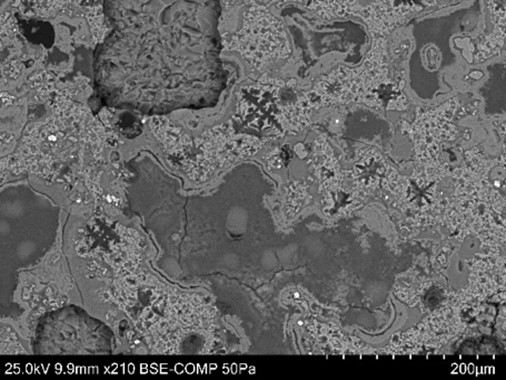Building Water Resilience in Ancient Italy: The Hydraulic infrastructure of Segni
Abstract
 The sheer number of aqueducts, baths and fountains from ancient Rome have promoted the idea that water resources in ancient Italy were inexhaustible. However, unease regarding water supply was ever-present in ancient Italy, especially in smaller urban communities. The ancient hilltop town of Signia (now Segni) was just one community that experienced the anxiety of inadequate water supply firsthand. Cognisant of the risk, the people of Signia developed new techniques, imported specialised building materials, and even employed foreign architects to build a series of sophisticated water features across the town from the 2nd century BCE to late antiquity.
The sheer number of aqueducts, baths and fountains from ancient Rome have promoted the idea that water resources in ancient Italy were inexhaustible. However, unease regarding water supply was ever-present in ancient Italy, especially in smaller urban communities. The ancient hilltop town of Signia (now Segni) was just one community that experienced the anxiety of inadequate water supply firsthand. Cognisant of the risk, the people of Signia developed new techniques, imported specialised building materials, and even employed foreign architects to build a series of sophisticated water features across the town from the 2nd century BCE to late antiquity.  These ancient water features have been recognised as vital to Signia’s long-term prosperity, but their building materials and techniques had never been scientifically analysed. This research undertook the first instrumental analysis of the building materials of Signia’s water infrastructure. Thin sections were produced from material taken from the remains of four prominent water features in Signia and analysed using petrography, scanning electron microscopy, energy dispersive spectroscopy and digital image analysis. This paper presents the results of these analyses and explores how technological change in the building materials and techniques of Signia’s water infrastructure influenced, and were influenced by, broad changes in the society, economy, and politics of Rome and ancient Italian from the 2nd century BCE to late antiquity.
These ancient water features have been recognised as vital to Signia’s long-term prosperity, but their building materials and techniques had never been scientifically analysed. This research undertook the first instrumental analysis of the building materials of Signia’s water infrastructure. Thin sections were produced from material taken from the remains of four prominent water features in Signia and analysed using petrography, scanning electron microscopy, energy dispersive spectroscopy and digital image analysis. This paper presents the results of these analyses and explores how technological change in the building materials and techniques of Signia’s water infrastructure influenced, and were influenced by, broad changes in the society, economy, and politics of Rome and ancient Italian from the 2nd century BCE to late antiquity.
About the presenter
Rory McLennan
I began my studies at The University of Queensland in 2018, completing a Bachelor of Arts and Bachelor of Arts Honours degree in 2020 and 2021 respectively. My Honours thesis researched the building materials of water infrastructure in ancient Rome and the Bay of Naples. In 2022, I began a Master of Philosophy degree with a thesis entitled: Foundations for Imperium. My project investigates the hydraulic technology of neighbouring Greek, Punic and Italian communities to understand if and how they laid the technological foundations for Rome’s famous Imperial water features.
About Archaeology Working Papers
The Working Papers in Archaeology seminar series provides a forum for dissemination of archaeological research and ideas amongst UQ archaeology students and staff. All students are invited to attend the series and postgraduate students, from honours upwards, are invited to present their research. The aim is to provide opportunities for students, staff and those from outside UQ, to present and discuss their work in an informal environment. It is hoped that anyone interested in current archaeological directions, both within and outside the School and University, will be able to attend and contribute to the series.
